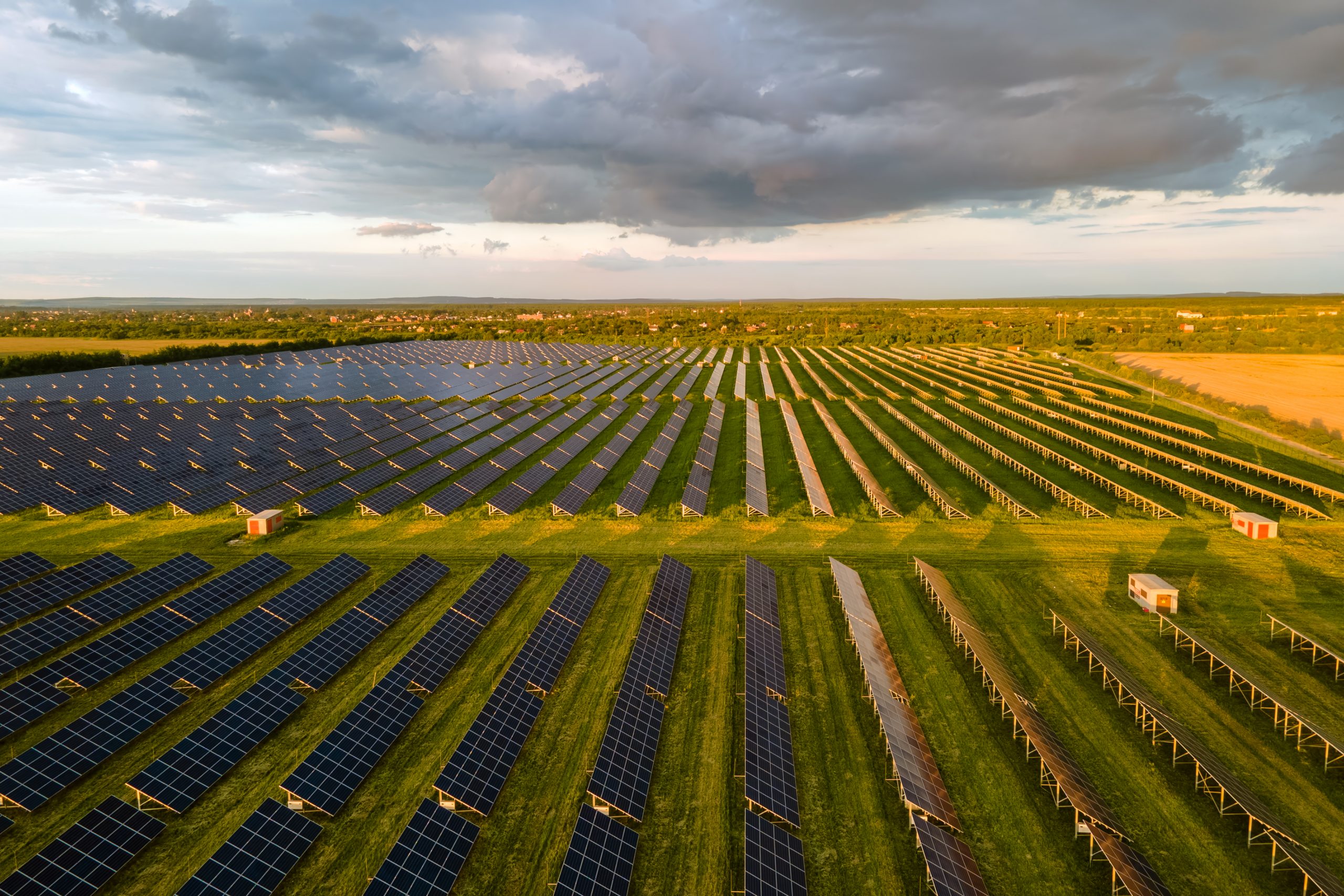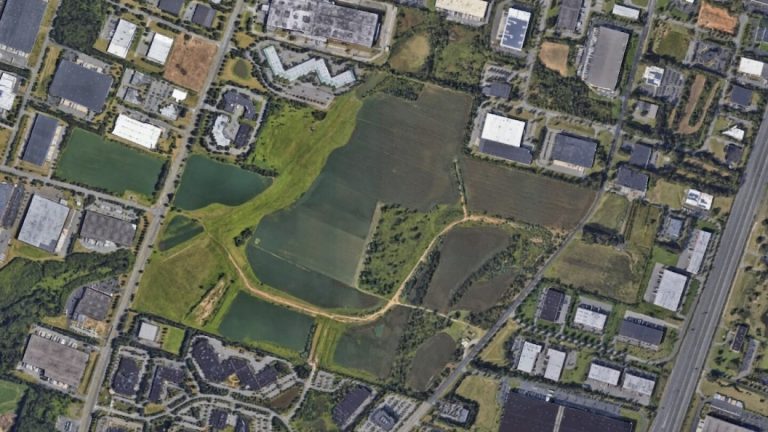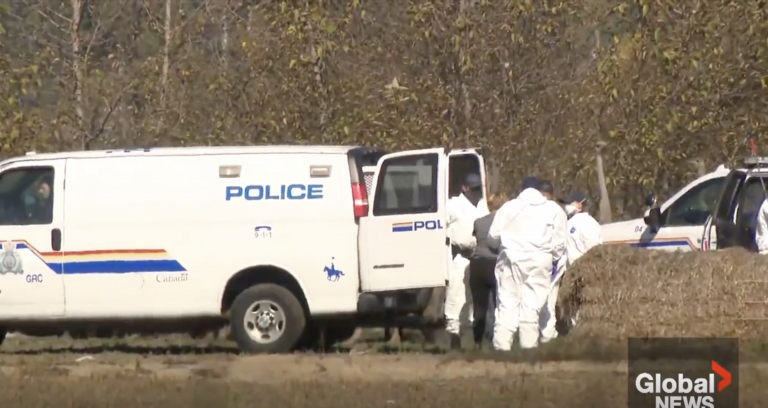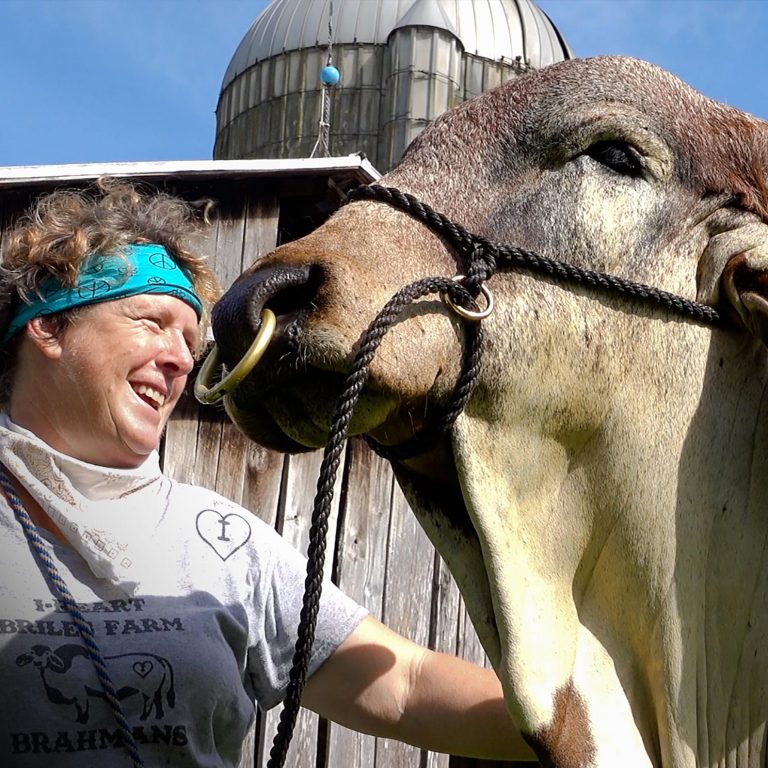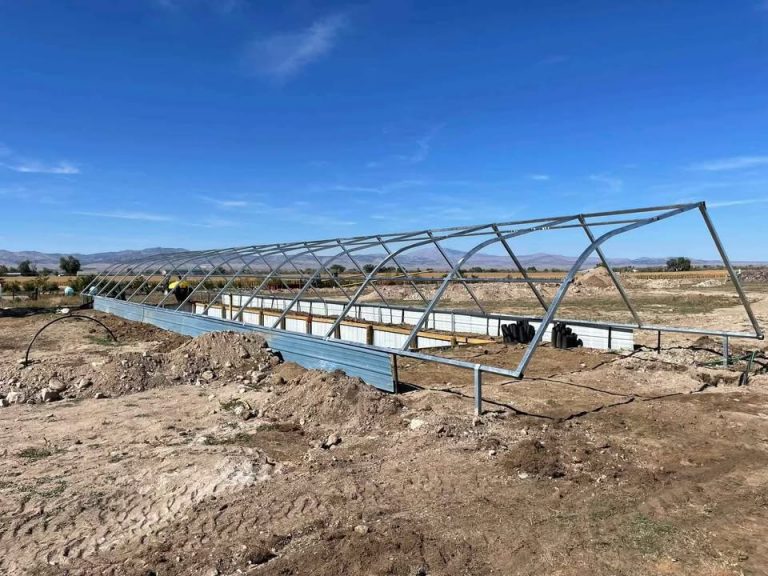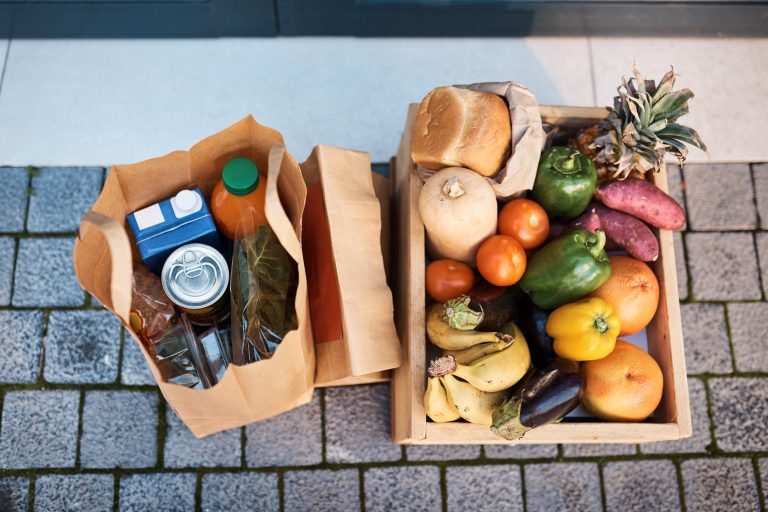Yanasa TV News
Maryland’s 5% “cap” isn’t protection—it’s a quota that pushes industrial solar onto prime soils and sidelines the farmers who feed the state.
By any commonsense measure, Maryland’s Renewable Energy Certainty Act (SB 931)gets one thing badly wrong: it treats our most productive farmland as the easiest place to park industrial energy projects. The law preempts much of local zoning, streamlines approvals, and caps solar build-out inside each county’s Priority Preservation Areas (PPAs)at 5% of PPA acreage—after which counties may say “no” on the remaining 95%. On paper, that sounds like a limit. In reality, in counties with large PPAs, five percent is thousands of acres of prime soil—exactly the ground our poultry, grain, and vegetable economy depends on.
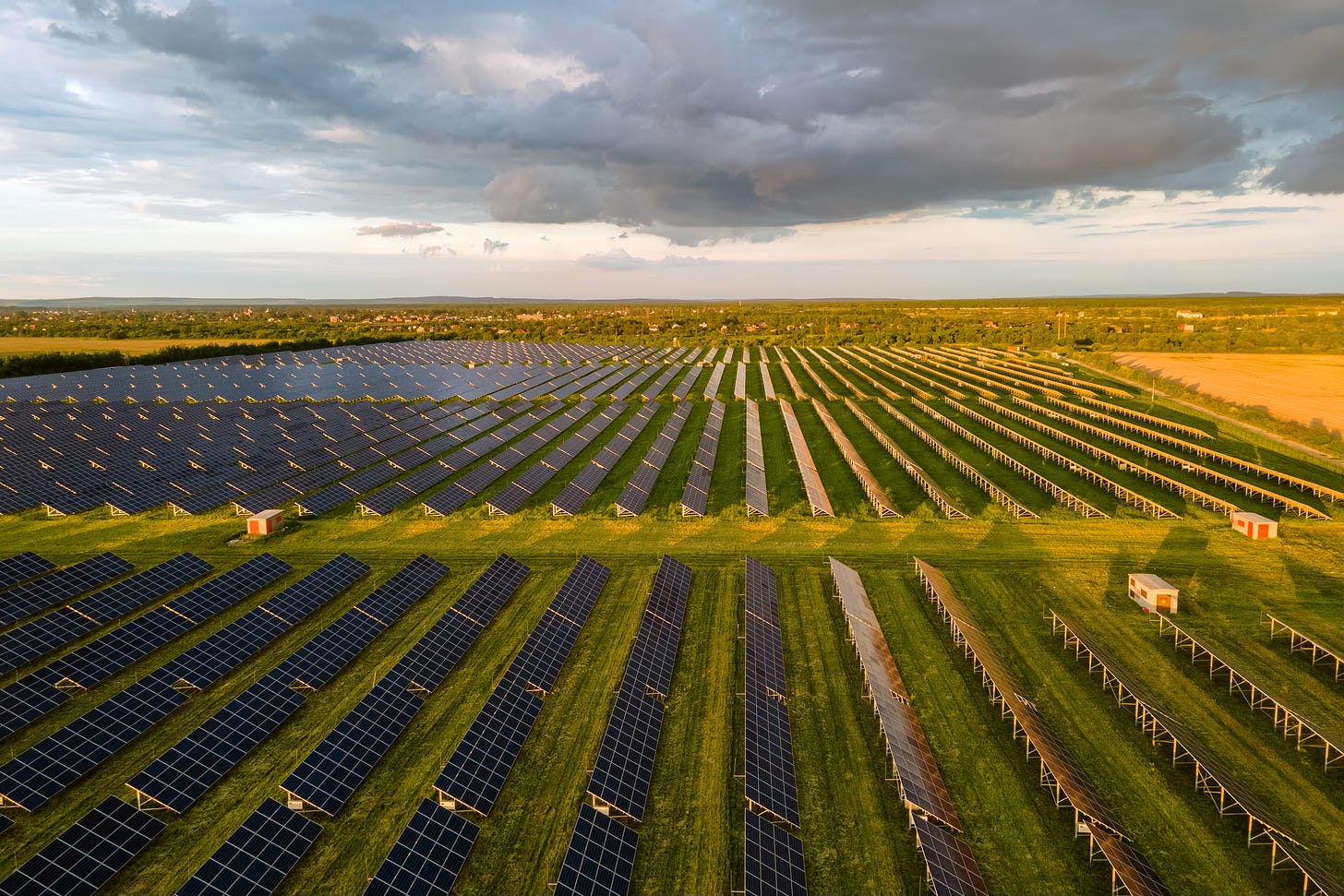
Prime soils aren’t a rounding error. They’re the backbone.
Ask anyone raising grain on the Shore: the poultry sector isn’t some abstract “downstream user”—it’s the anchor buyer that keeps rotations and margins viable. Even a modest loss of acres to long-term solar leases can ripple through feed markets, trucking, and local mill capacity. Farm leaders are sounding the alarm for good reason; the Maryland Farm Bureau’s president warned that losing local feed supply risks pushing poultry away from the Eastern Shore—a “sea change” for the region’s farm economy. Those concerns aren’t theoretical; they’re being raised by the people who will live with the consequences.
And the financial pressure is real. Farmers report mailers offering $4,500–$7,000 per acre per year for solar leases—numbers that no commodity crop can match on a cashflow basis. When a law removes local guardrails, stacks the deck with state-level fast tracks, and leaves the most fertile tracts exposed, it creates a market where the best soils are the first soils to go.
We’re Not Letting This Happen Anymore in America
The 5% cap isn’t protection—it’s a target
Proponents say the 5% PPA cap protects agriculture. The bill text says otherwise: once projects totaling 5% of a PPA are approved, state preemption eases on the remainder—but only after that first 5% is taken. Counties must expeditecompliant applications and cannot use tools like special exceptions to slow them. It’s a statewide green light until the threshold is hit. That is not preservation; it’s forced intake.
Conservation and farm groups from the Eastern Shore Land Conservancy (ESLC) to Montgomery Countryside Alliance pointed out that this “limit” amounts to roughly 100,000 acres statewide and ~5,000 acres in Montgomery’s Ag Reserve alone—acres taxpayers have spent decades protecting. They urged lawmakers to lower the cap (e.g., 2%) or, better, exclude prime (Class I–II) soils statewide. Lawmakers declined.
Preemption with pretty landscaping is still preemption
Yes, the law added setbacks, vegetative screens, topsoil protections, herbicide limits, and decommissioning rules. Those are welcome. It also boosts the decommissioning bond and directs agencies to propose detailed state siting/design standards on a timeline. But let’s be honest: you can’t mulch your way out of a bad site. The statute still bars local governments from prohibiting compliant projects, requires fast-tracking of permits for ≤5-MW arrays, and reserves vast discretion to the state while the 5% PPA runway gets used up. That’s land-use policy by bulldozer—albeit with a nicer fence.
The politics didn’t settle this. They postponed it.
Grassroots farm and rural groups tried to take the law to referendum. They fell short of signatures under a tight deadline, but the breadth of that coalition—from the Eastern Shore to Montgomery County—tells you how many communities felt run over by the process. That energy isn’t going away, because the stakes are literally the soils under our boots.
A pro-farmer path forward: FINE, build lots of solar—just not on our best dirt
Maryland can hit aggressive clean-energy goals and keep agriculture strong. Here’s how to fix SB 931’s worst mistakes without slowing the energy build:
- Carve out prime soils statewide.
Adopt a clear, statewide exclusion for NRCS Class I–II soils and soils of statewide importance. If Oregon can pair strong state planning with local discretion to protect working lands, Maryland can, too. Use PPAs for preservation, not quotas. - Lower the PPA cap and make it county-specific.
If a numeric cap remains, drop it below 5% and tie it to non-prime, non-tillableacreage—ditchbanks, degraded parcels, and edges—so we’re not mining the best fields first. This mirrors what farm and land-trust advocates asked for during session. - Flip the siting order: rooftops, parking lots, brownfields, then marginal land.
The law nods at carports and rooftops, but the incentives and interconnection delays still point developers to cheap rural acres. Create bonus credits, fee waivers, and queue priority for built-environment sites and brownfields. Make farmland the last resort, not the default. - Make agrivoltaics mean something.
Today’s definition excludes apiaries and pollinator habitat yet doesn’t guarantee real crop/animal production under panels. Require documented yields or grazing outputs, minimum row spacing, and removable foundations before any project claims “agrivoltaic” status. - Strengthen decommissioning & soil rehab.
Keep the bond high and tie release to soil function metrics (infiltration, organic matter, compaction) verified by soil conservation districts—not just equipment removal. The statute already prohibits topsoil removal; now tie penalties and restoration plans to it with teeth. - Let counties lead—before the damage, not after.
Restore real local screening tools without forcing a 5% sacrifice first. Counties know where interconnection is feasible and where farmland is irreplaceable. The current law’s “approve-then-regain-control” logic is backwards. - Earmark solar PILOT revenue for farmland preservation.
If counties must host green infrastructure, dedicate a fixed share of payments to purchase conservation easementsand fund young-farmer access to land—especially as lease prices get distorted by energy dollars. (Even ESLCwarned how quickly the 5% can hollow out preservation gains.)
Sure. At the end of the day.
Clean energy is essential. But food is not optional, and prime soil is non-renewableon any timescale that matters. When a state law preempts local judgment, sets a 5% take rate in the very areas we designed to preserve agriculture, and showers developers with fast-track privileges, it doesn’t balance interests—it picks winners. The winners are firms with lease mailers and capital. The losers are farmers, poultry integrators, and the next generation trying to get a foothold in agriculture.
Maryland should correct course in the 2026 session. Exclude the best soils. Lower the cap. Prioritize rooftops and brownfields. Make agrivoltaics real. Restore local say before the land is gone.
Because once we pave our prime into power plants, there is no “decommissioning” our way back to living soil.

